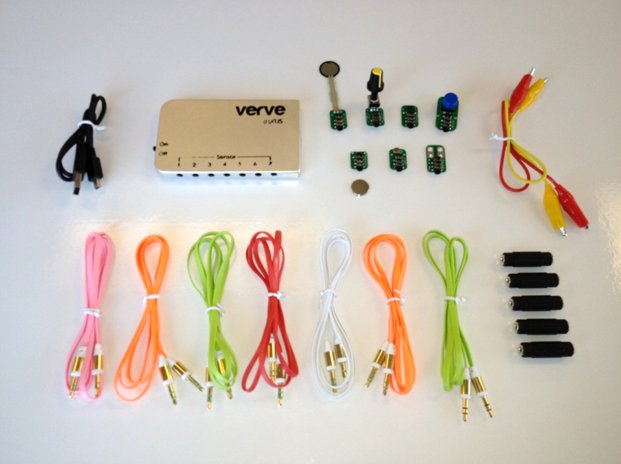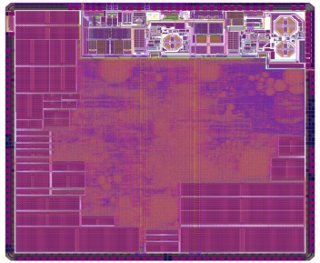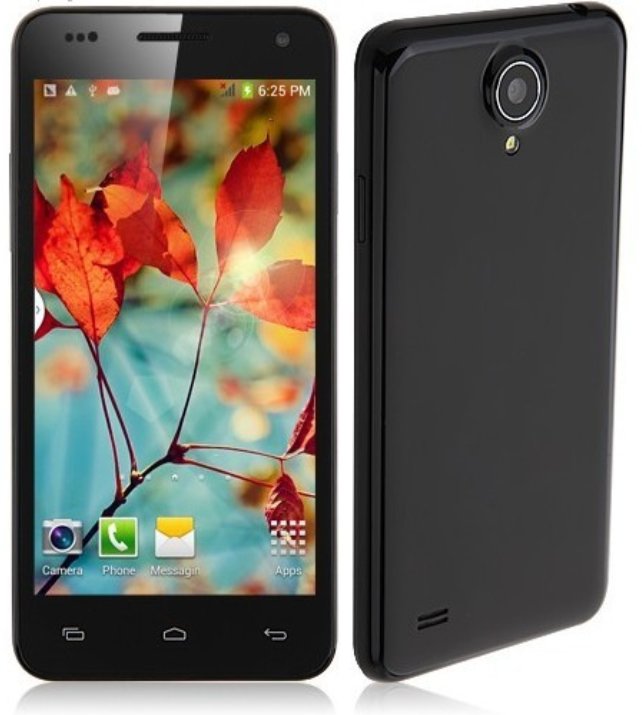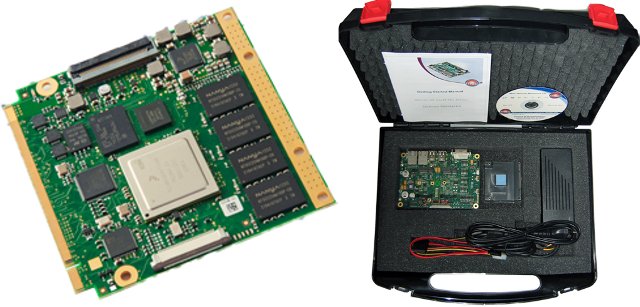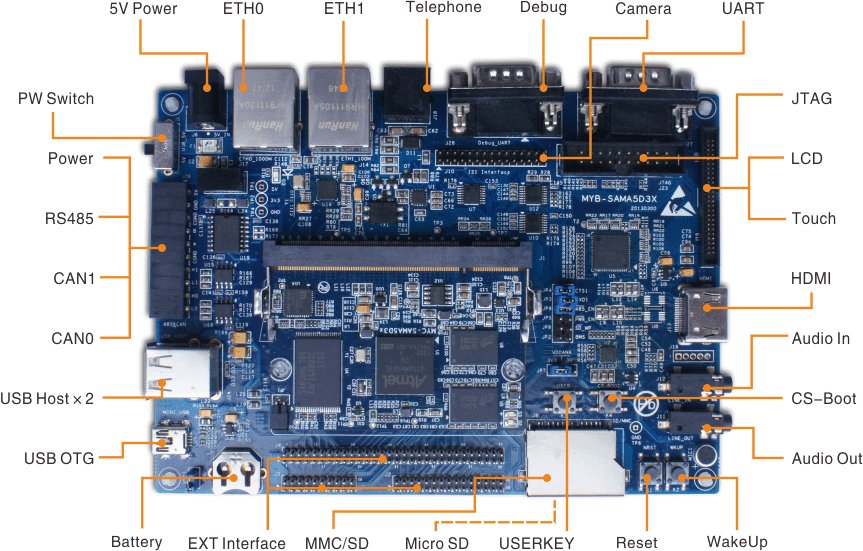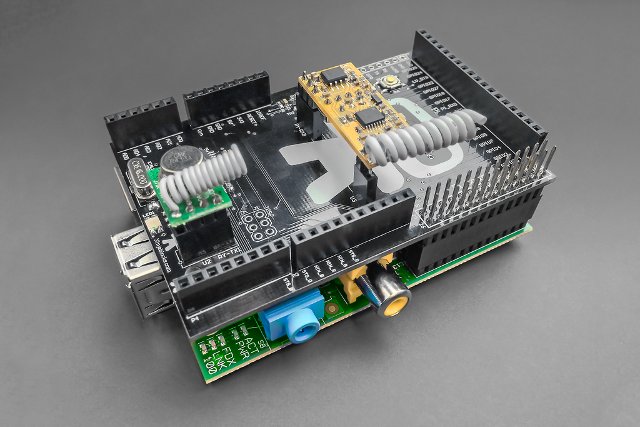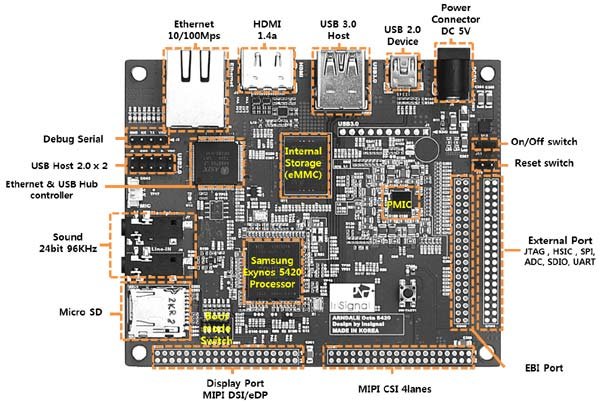The VERVE is a little box that connects to one of the USB port of your Windows or Mac OS X computer (Linux support coming in 2014), and supports up to 7 sensors. It is available as part of a kit for $99 on Kickstarter. The kit includes the VERVE, a mini USB to USB cable, seven “sensors” (A force sensor, a push button, a light sensor, a potentiometer, a motion sensor, a magnet sensor, and a touch sensor), two banana clips for the touch sensor, seven cables to connect the sensors to the VERVE unit, and 5 extension blocks. Once the VERVE unit is connected to your computer, and the needed sensors are connected to the VERVE, you can launch the VERVE application to visualize the sensors data in real-time, and assign a mouse or keyboard action based on the sensor’s data level as shown below. There’s also an […]
Weightless Roadmap – Silicon, Modules, SDKs, Base Stations and Networks
The Weightless Standard aims at using the “white space” spectrum, previously used by analog TV broadcasts, for free M2M / IoT communication coupled with low power and cost-efficient hardware offering a range of over 10 km. Longer term the target is to reach $2 hardware cost, and $2 yearly servicing costs. Companies involved with Weightless include Neul, ARM, CSR and Freescale among others. You can read my previous post about Weightless for a longer overview. The Weightless Special Interest Group (SIG) has recently revealed the hardware roadmap for the new standard, which I’ll summarize below. Weightless Chip Neul Iceni, the first weightless silicon, was officially announced in February 2013. The latest version of the chip taped in May 2013 integrates UHF radio operating between 410 and 790 MHz supporting both TV white space and narrowband operation. It is suitable for low volume production applications. A third generation will be taped […]
Mediatek News – $100 Quad-core MT6582 Smartphone, and Eight-core MT6592 Smartphones Available For Pre-order
Daxian XY100S was the first decent quad core smartphone I’d seen selling for less than $100, but for some reasons the price has since then been increased and now sells for at least $125 from Chinese online sellers with decent feedback. The other problem with this phone was the use of TD-SCDMA which meant 3G was not usable in places like Europe. There’s now another quad core phone based on Mediatek MT6582 called W450 that sells for $99.99 on GeekBuying (promotion that will last for about 24 hours more), but you can also find it on Aliexpress for $110 up including shipping. The good news is that it’s using WCDMA 850/2100MHz so 3G will be accessible in most countries. W450 specifications: SoC – Mediatek MT6582 Quad Core Cortex A7 up to 1.3GHz with ARM Mali-400MP2 GPU System Memory – 1GB RAM Storage – 4GB NAND Flash + micro SD card […]
MSC Q7-MB-EP4 Is a QSeven Starter Kit Powered by Freescale i.MX6
MSC Embedded, a company specialized in the design and manufacturing of embedded boards, has recently announced MSC Q7-MB-EP4, a complete Starterkit for the company’s Qseven modules based on Freescale i.MX6 Solo, Dual or Quad processors. The starter kit comes with a suitcase comprise of a heatspreader with heatsink, a 12V power supply, a cable kit (SATA data and power cable), a DVD, a getting started guide, and more importantly a 3.5″ Qseven carrier board (Q7-MB-EP4) with socket for Qseven modules Rev. 1.20 with the following specifications: CPU Module Interface – Socket for Qseven Rev. 1.20 compatible modules based on the Freescale i.MX6 Storage – 1x SATA connector + mSATA Socket with support for mSATA and mSATAmini cards, MMC/SD Card, and serial EEPROM for EPI/DP extensions Standard Interfaces: 7x USB 2.0: 4x USB (Series-A Jack), 1x USB internal pin header, USB on mini USB connector, USB at Mini PCI Express socket […]
Dell Venue 8 Pro Windows 8.1 Tablet Used as Desktop PC with 4 Monitors
I’ve seen several attempts using a mobile device such as a tablet or smartphone as a desktop, such as using the Galaxy Nexus with an HDMI monitor via MHL, and Canonical’s Ubuntu for Phones and Tablets. The first solution runs Android, an operating systems not (yet) really suitable for desktop use, and Canonical solutions are still work in progress. But the recent video demonstration shown by Bernie Thompson, Plugable Technologies’ founder, with a Dell Venue 8 Pro tablet (about $300) powered by Intel Atom Z3740D “Bay Trail” processor and running Windows 8.1, is the first one which seems actually usable for most desktop uses, baring high-end gaming, or other tasks where the quad core Intel Atom processor may not provide enough processing power. The full setup works as follows. The Dell tablet is connected to a universal USB 3.0 docking station (UD-3000) via a micro USB OTG cable. The docking […]
MYIR MYD-SAMA5D3X Development Boards Feature Atmel ARM Cortex-A5 SAMA5D3 Processors
MYIR Tech, a company based in Shenzhen, and ARM Connected Community Member, has recently made available MYD-SAMA5D3X boards powered by Atmel ATSAMA5D3 ARM Cortex-A5 embedded MPU. Like many development boards, thise are composed of a baseboard coupled by a 200-pin SO-DIMM computer-on-module (CoM) featuring one of the four Atmel SAMA5D3 processor: SAMA5D31, SAMA5D33, SAMA5D34 and SAMA5D35. The boards all feature 512MB DDR2 SDRAM, 256MB Nand Flash, 16MB Nor Flash and 4MB Data Flash on board. Typical applications developed with these boards include control panel/HMI, smart grid, medical and handheld terminals, outdoor GPS, DECT (digital enhanced cordless telecommunications) phones, and more. MYD-SAMA5D3X boards specifications: Processor – Atmel SAMA5D31, SAMA5D32, SAMA5D34 or SAMA5D35 Cortex A5 up to 536MHz with 128KB of SRAM and 160KB of ROM System Memory – 512MB DDR2 SDRAM Storage – 256MB NAND Flash, 4MB Data Flash, 16MB Nor Flash, one MMC/SD card slot, and one microSD card slot Peripheral […]
Ninja Pi Crust Let You Connect Arduino Shields to the Raspberry Pi
There are quite a few projects using both the Raspberry Pi and an Arduino board and its shields together. These are working but the cabling may get messy. People have already found solutions to plug Arduino shields into the Raspberry Pi with products such as Cooking Hacks’ Raspberry Pi to Arduino shield connection bridge (40 Euros) or Open Electronics’ Raspberry Pi bridge (22.50 Euros). Those two boards are fine, but do not include an Atmel MCU, and use Raspberry Pi GPIOs directly, except for their ADC. Another solution is the Paperduino Pi, a DIY Arduino board that can be plugged on top of the Raspberry Pi, and compatible with Arduino shields. But if you want an Arduino board that can easily be stacked between the Raspberry Pi, and Raspberry shield, the upcoming Ninja Pi Crust by Ninjablocks may be an interesting option, especially if you plan to use the 433MHz […]
$179 Arndale Octa Developement Board Gets an Upgrade to Exynos 5420 big.LITTLE SoC
Hardkernel ODROID-XU may have been the first low cost big.LITTLE development board, but since it’s using Exynos 5410 SoC, big.LITTLE processing is limited to cluster migration that means using A15 cores or A7 cores. Insignal’s Arndale Octa was also initially announced with Exynos 5410, but the good news is that we’ll soon get a fully functional big.LITTLE development board as Arndale Octa has been upgraded to Exynos 5420 Octa-core SoC. This board will support both In-Kernel Switching (IKS) and Global Task Scheduling (GTS) implementations, and be officially supported by Linaro like the first Arndale board based on Exynos 5250 dual core Cortex A15. Here are the specifications of the board (derived by me from several pages, and pictures): SoC – Samsung Exynos 5420 octa core SoC with 4x Cortex A15 cores up to 1.8 GHz, 4x Cortex A7 cores up to 1.3 GHz in big.LITTLE configuration, and ARM Mali T-628 […]


